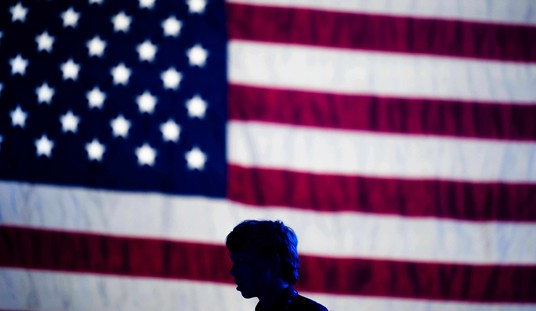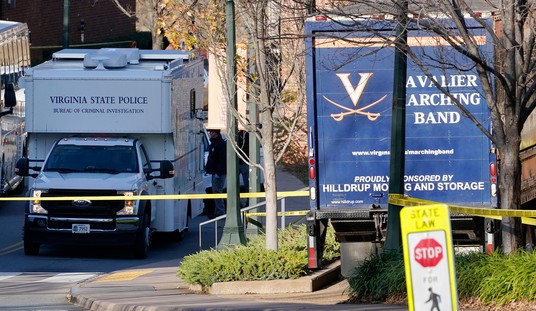Don’t get too excited about the coming “certified recovered” caste of immune citizens just yet. If this study is confirmed, the segment of the population with durable immunity from COVID-19 may be smaller than everyone expects.
A team from Fudan University analysed blood samples from 175 patients discharged from the Shanghai Public Health Clinical Centre and found that nearly a third had unexpectedly low levels of antibodies…
All of the patients had recently recovered from mild symptoms of the disease and most of those with low antibody levels were young. The researchers excluded patients who had been admitted to intensive care units because many of them already had antibodies from donated blood plasma…
The researchers said they were surprised to find that the antibody “titer” value in about a third of the patients was less than 500, a level that might be too low to provide protection…
The team also found that antibody levels rose with age, with people in the 60-85 age group displaying more than three times the amount of antibodies as people in the 15-39 age group.
Among 10 of the 175 patients, the level of antibodies was so low that it couldn’t be detected. Does that explain the mysterious news from China a few weeks ago that some people who’d recovered from the disease and tested negative went on to test positive again afterward? That smelled like more chicanery by Beijing at the time but maybe the explanation is more prosaic. Maybe in some people the original infection was too mild to generate a strong immune response initially, leaving them vulnerable to being reinfected after they recovered.
The researchers who conducted the study speculate that some people may be fighting off the virus via mechanisms like T-cells or cytokines, before their immune systems are triggered into producing antibodies. The age data is especially interesting since it’s older people who are most threatened by the disease, of course. Ironically, although the risk of infection is greater for the elderly, the reward of immunity may be greater too. Maybe their immune systems are so severely taxed by the virus that nothing short of an overwhelming surge of antibodies will fight it off. If they succeed in winning that battle, those antibodies remain in their system to provide lasting protection. Whereas a younger people whose immune system is less taxed in beating the disease possibly walks around with little defense against contracting it again.
Since it’s younger people who form most of the labor force, the prospects of recovered people returning to work en masse with no fear of being reinfected may suddenly be weaker than we thought.
Another thing. If it’s true that many recovered people are at risk of being reinfected then the Oxford model of the disease, in which many more people than we suspect have been infected but are walking around without symptoms, may be less hopeful than we thought. We’d need 50-65 percent of the population to be infected before we collectively begin to enjoy herd immunity. But if the Chinese study’s results are borne out, a third of that 50-65 wouldn’t really be immune at all. If it turned out that the fewer symptoms you have, the fewer antibodies there are in your system, then having a large population of asymptomatic people would leave us nowhere. Worse than nowhere: What if there’s a big group of young adults who are continually getting infected, spreading it to others, then shaking it off with many symptoms — only to get infected and start transmitting it again?
Speaking of the Oxford model, take five minutes to read this excellent J.D. Vance thread responding to four different arguments that the disease isn’t as threatening as it’s been cracked up to be. One claim he addresses is the Oxford model’s speculation that the actual number of infected people is an order of magnitude beyond what everyone believes, therefore we’re rapidly approaching herd immunity already, therefore this epidemic should be short. Vance has been tracking the early data from serological tests aimed at measuring how many people in different populations around the world are actually infected. Verdict? Not many.
https://twitter.com/JDVance1/status/1247727127216246784
https://twitter.com/JDVance1/status/1247727129103609856
Without a doubt, there are many more infected people out there than have been detected by testing. The true case fatality rate from COVID-19 is doubtless smaller than the one percent or two percent figures that we typically see, which is good news for each individual person in terms of their personal odds of survival. But the idea that something like half of the United States has had the disease seems like a pipe dream:
In U.S., experts suggest to me rate is lower. My informal survey of thought leaders in this area puts estimate anywhere from 1-5%. Ultimately we must confirm this with serology studies (which are underway). But it falls short of the 50-70% needed to achieve “herd” immunity 8/n
— Scott Gottlieb, MD (@ScottGottliebMD) April 8, 2020
Nearly all of us remain uninfected and at risk, which means a sustained contagion with a large death toll. If we assume Gottlieb’s most optimistic number, that five percent of the U.S. population is infected, that would mean 16,500,000 people have the disease. Of that number, 12,621 have died so far. That’s a case fatality rate of 0.07 percent, which sounds like a tiny number. But if everyone in the U.S. were to be infected before a vaccine were available, it would shake out to 250,000 dead.
And per the Chinese study, this assumes that none of those 16,500,000 people who’ve been infected can be reinfected. If they can then the fatality rate is potentially higher.
Of course, there are ways to lower the fatality rate too. And they also involve people who’ve been reinfected:
By early next week, proteins from the blood of people who have recovered from COVID-19 could be helping patients at UW Hospital fight their infections.
Using a technique more than a century old, doctors plan to transfuse antibodies from the plasma of people who fought off the new coronavirus into patients struggling with serious complications…
UW Hospital last week joined the National COVID-19 Convalescent Plasma Project, started about a month ago by Johns Hopkins University, Mayo Clinic and other institutions. On Friday, the Food and Drug Administration approved a clinical trial at Johns Hopkins, through which UW Hospital’s treatment program will operate, Hartman said.
The more recovered patients there are, the bigger the potential supply of convalescent plasma is. Meanwhile, companies like Regeneron are testing antibodies right now for use in antiviral treatments. They’re planning to identify the two most potent candidates within a week of today and start “scaling them up,” with tens of thousands of doses available in June and hundreds of thousands per month available after that. Hydroxychloroquine is a shot in the dark but antibody treatments are derived specifically from what’s effective against COVID-19 itself. They may be our best shot at a miracle cure.








Join the conversation as a VIP Member